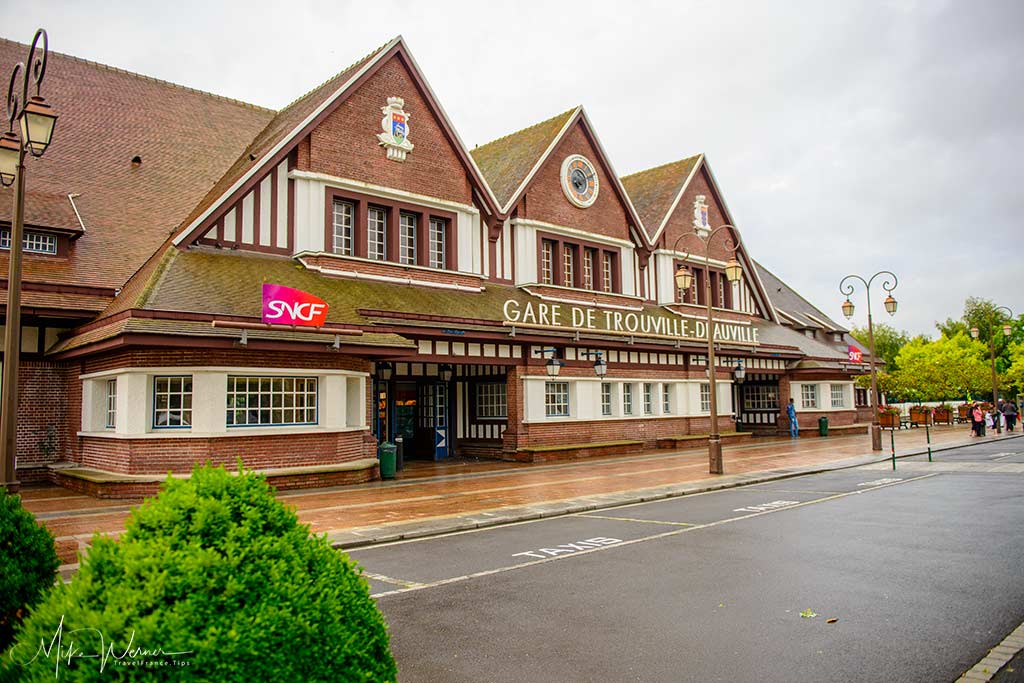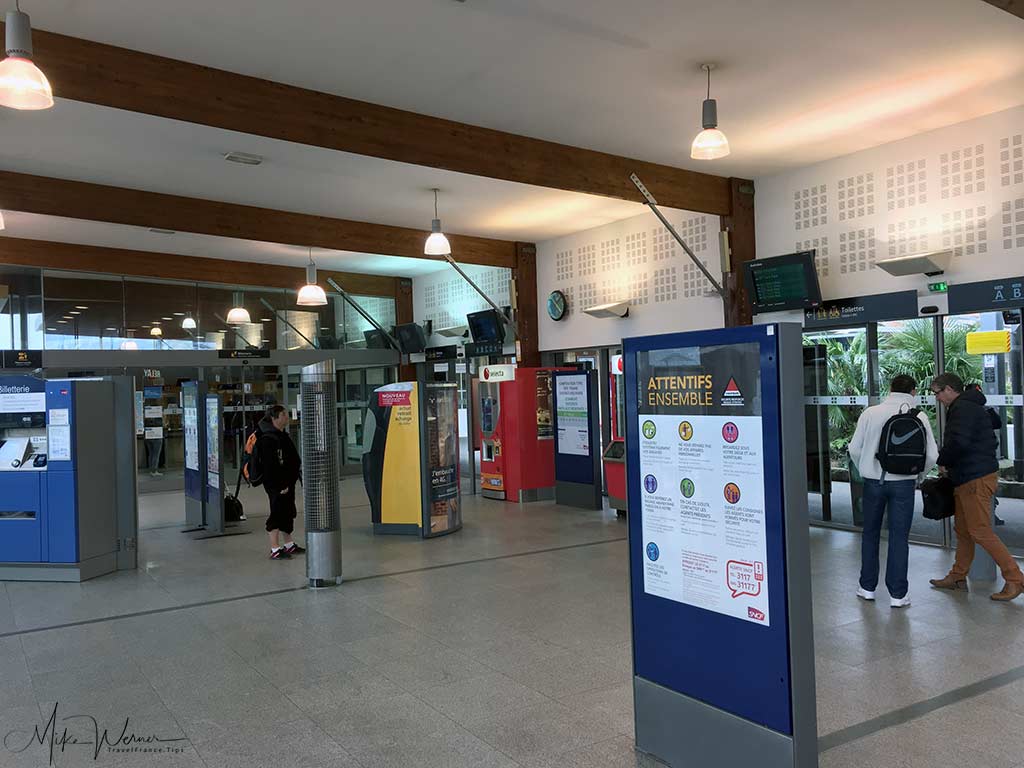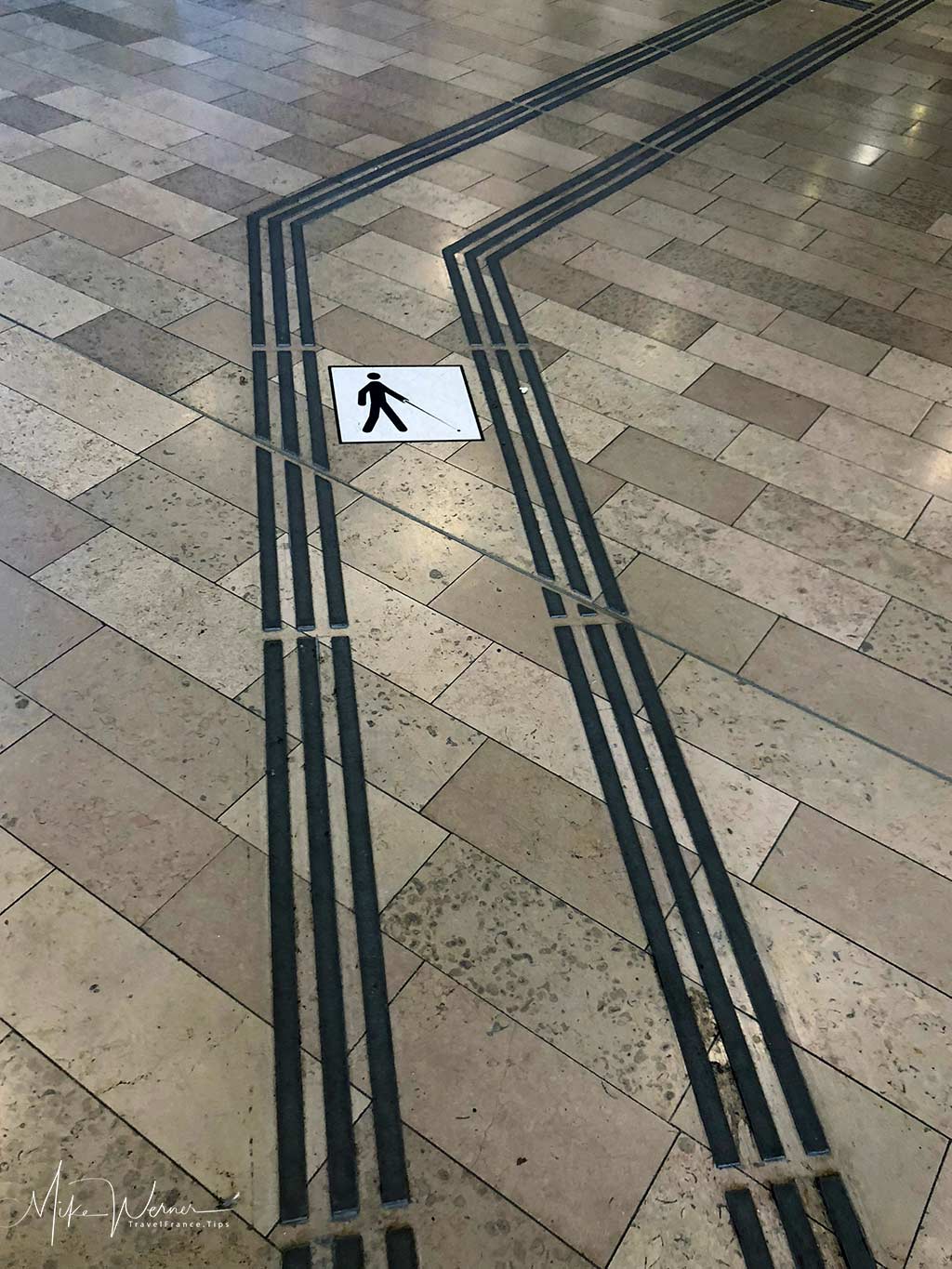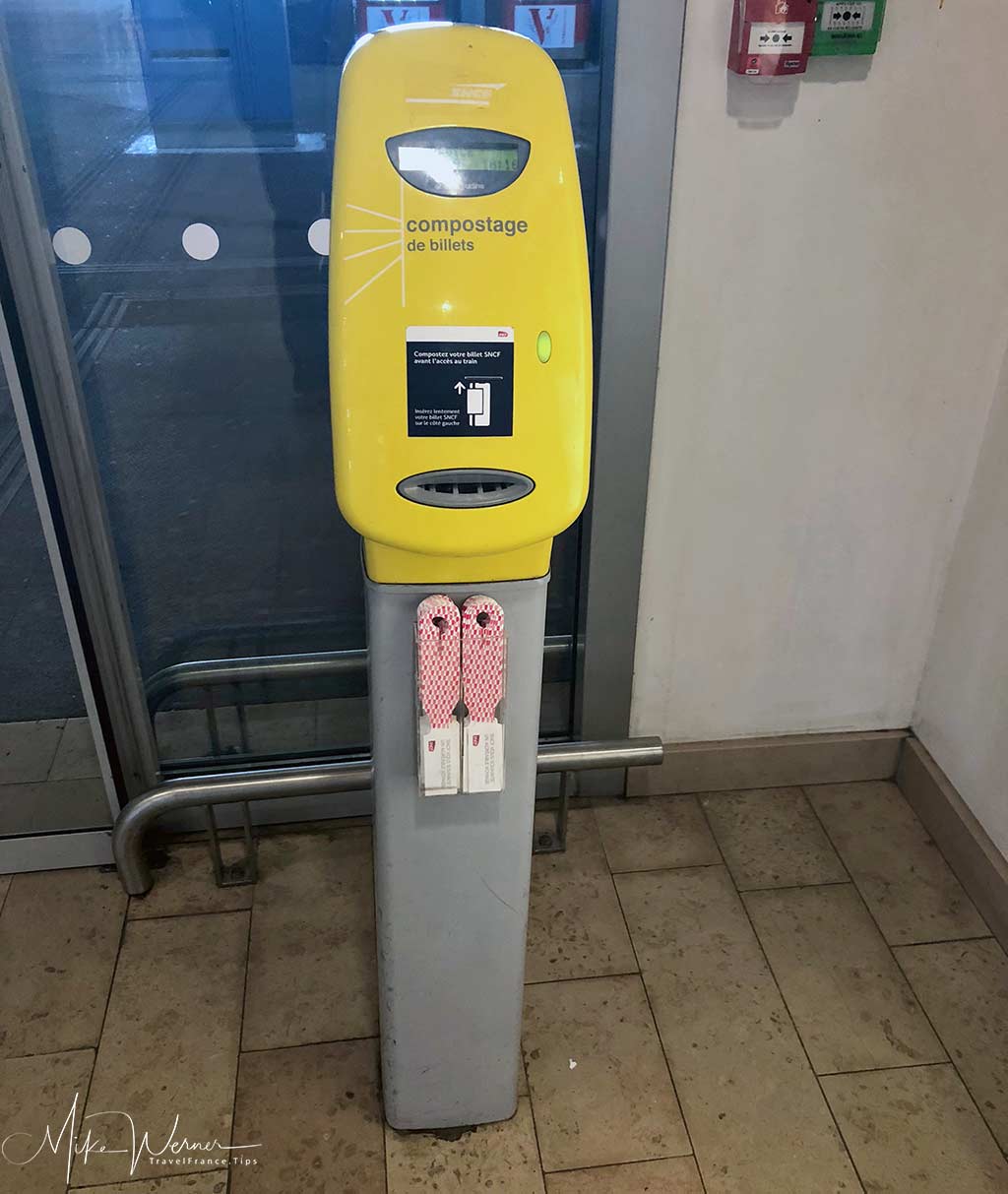What was once a big and far reaching rail network has dwindled over the last few decades. The French railroads have been closing rail lines and therefore closing railway-stations. Today there are 3029 stations left, but the ones that are left have been modernised over the last few years, partially to comply with European regulations.
NOTE: In French, railway station is called “Gare” (which is also used for bus terminal or ferry terminal).
Not one station is like another. The design of the station depends entirely on the region (for example, the design of the rail-stations of the Le Havre to Paris rail line was done by the British, the photo above is one of them; Yvetot station).
Obviously the main hub stations are by far the biggest since they need to serve a lot of people. Places like Paris (with different main stations), Lille, Lyon or Amiens are enormous structures.
TIP: Remember if you are looking for the railway station in a larger city that there usually is more than 1, so remember the correct name of the station.
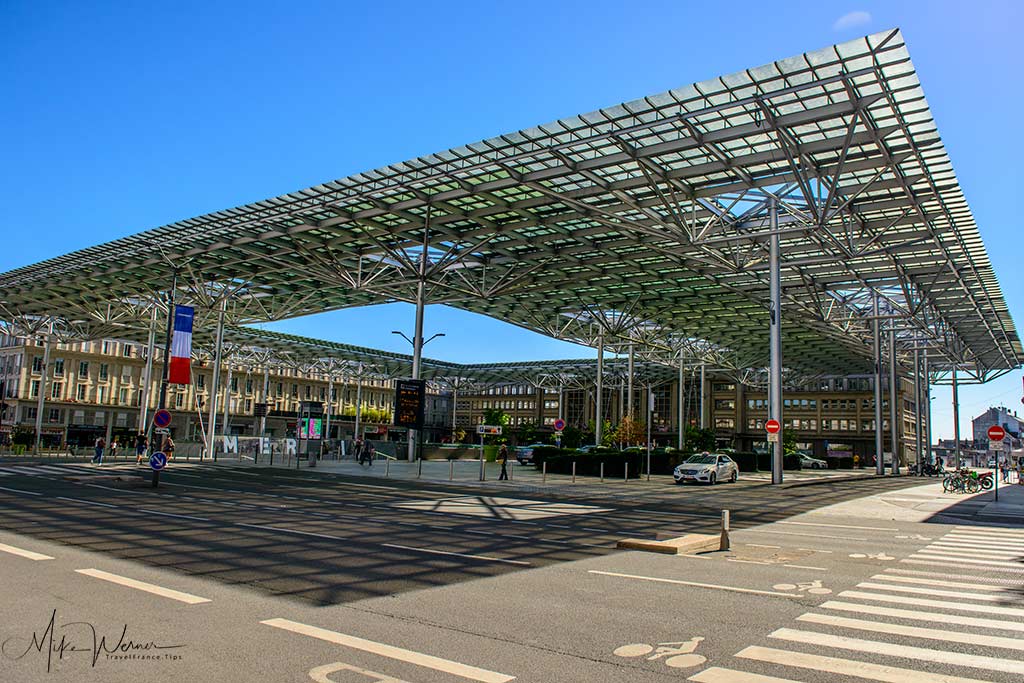
But even the medium sized stations are functional and at times pretty good looking for the local landscapes.
The smaller stations are often very simple, with two rail tracks leading through the station.
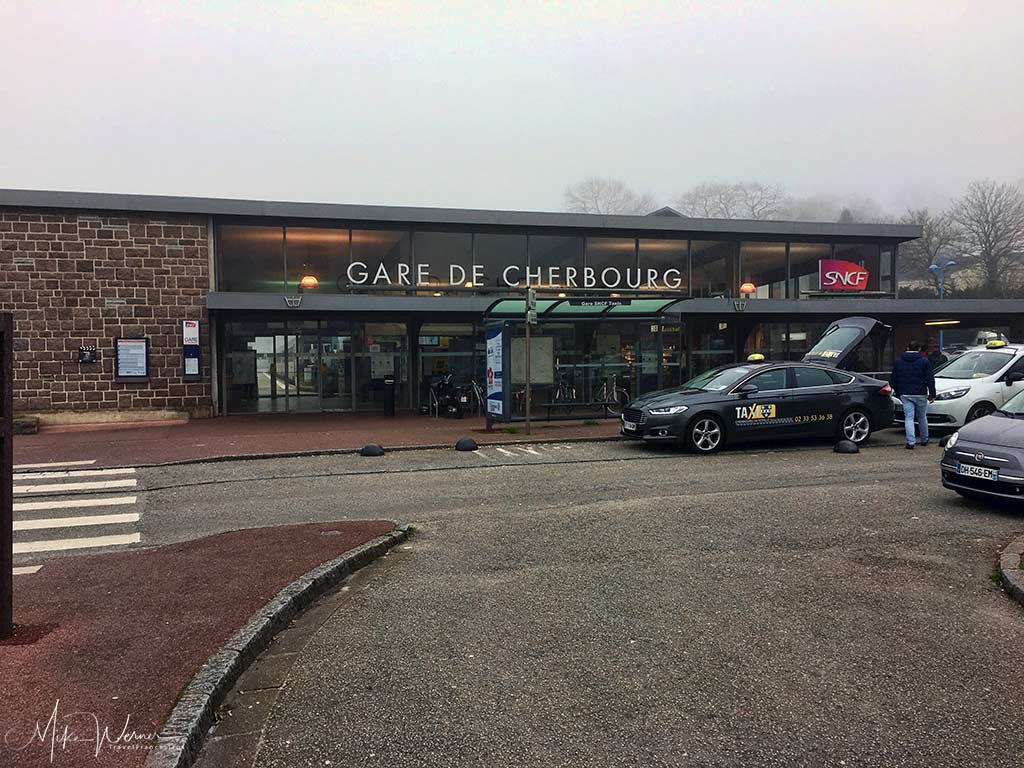
Services
All stations offer some form of ticket sales, although the use of humans to advise/sell tickets is being reduced over the years, with machines replacing humans. At least the machines are available in different languages.
The ticketing machines can be used not only to buy tickets but also to print tickets ordered on the internet (for those of you who don’t want e-tickets). You can also use the machines to change tickets for other trains.
Larger stations have much more facilities since there’s more real estate:

If you’re lucky there will be eating facilities and maybe a newspaper shop or two:
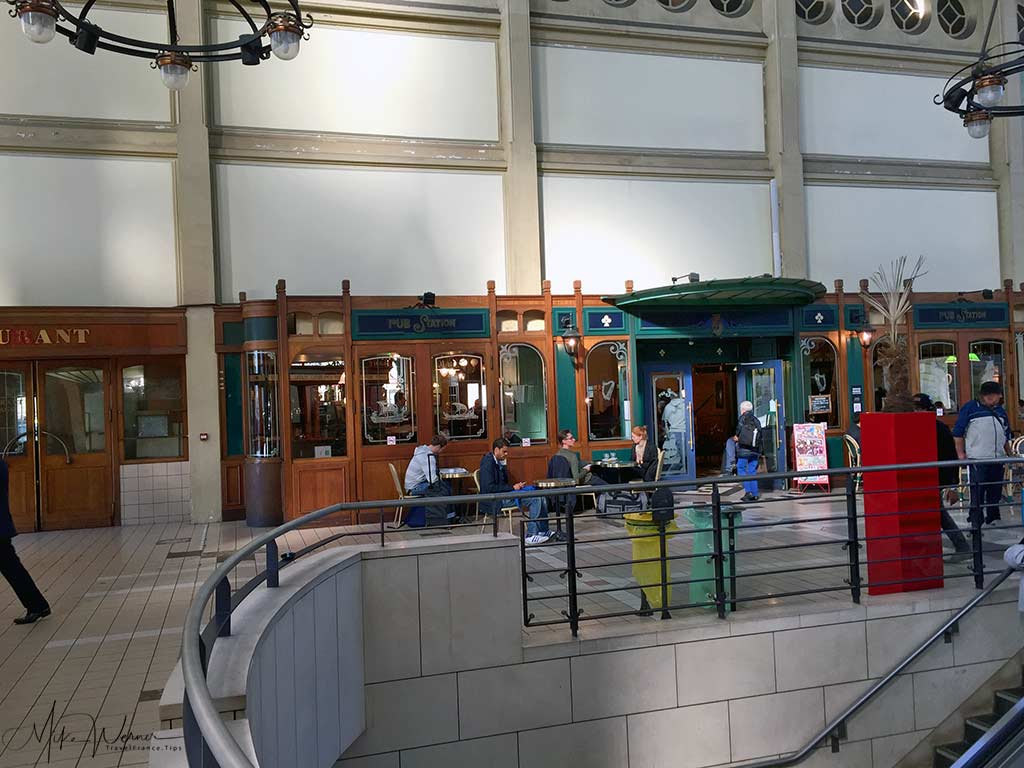
Wheelchair/Reduced Mobility Access
All railway stations, no matter how small or big, have been adapted to handle wheelchairs. Not just ramps, but if there are different levels, elevators have been installed.
Most stations now have special texture marking on the ground to assist blind persons to “feel” their way through the station.
The SNCF have a web site available where you can research the reduced-mobility facilities of any railway station in France. Click here to access it (but of course, it’s in French only).
Other Facilities
There is no rule of thumb of which facilities are offered at any station.
The SNCF have a web site which allows you to access all facilities, open hours, and even real-time departure/arrivals. Click here to access the SNCF station site (but it’s in French).
There is also an iPhone and an Android app that gives you the same information (but also in French). The info is useful, it even shows you where the toilets are, the taxi stands, money distributors, etc:
Click here to access the iPhone app, and click here to access the Android app.
Tips/Hints
- Almost all railway stations have free and public Wifi in the station.
- If you have a paper ticket (so not an e-ticket, even if it’s printed), you NEED to validate the ticket before boarding the train. Slide your ticket into the machine which will then date & time stamp the ticket. Failing to do so will result in a fine. If you don’t have the time to validate, seek out the train controller as soon as possible.
Related Posts
- 10000
- 10000
- 10000
- 10000
- 10000


